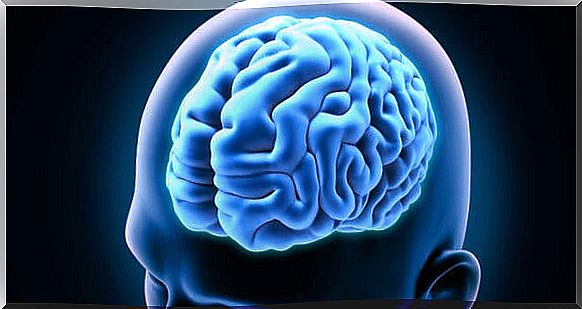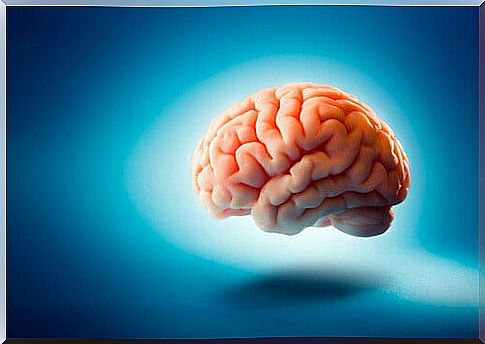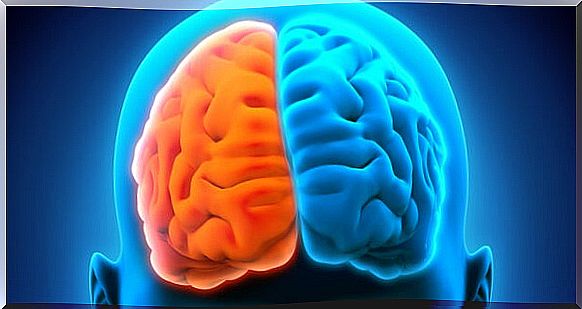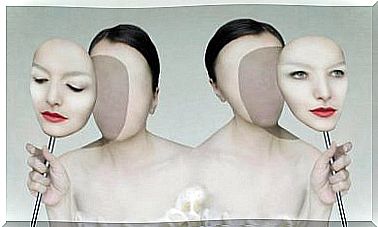3 Curious And Interesting Neurological Disorders

The brain is a complex organic structure that largely directs our behavior, but also the place where our thoughts and emotions live. Investigating its biological substrate is essential to understand the functioning of cognition. However, its complexity, together with methodological difficulties, greatly hinders the exploration of the nervous system. One way to better understand how it works is through the study of neurological disorders.
Normally, damage to the structures of the NS has a more or less noticeable consequence on our behavior. If we associate these consequences with the damaged areas, we can locate a multitude of functions and processes. Although some caution must be exercised, since people with neurological disorders have special conditions that can skew or contaminate the conclusions in this regard. Examples of this noise can be seen in subjects who have several areas affected or who take medication with many side effects.
In this article, we are going to talk about three neurological disorders that seem incredible in a way. They will help us understand to what extent each of the cognitive processes is mediated by a biological substrate. Next we will explain blind vision, visual hemineglect, and split hemispheres.

Blind vision
Imagine that we have in front of a person who has recently had an accident. In addition, we know that as a result of that accident he has suffered brain damage. Then he informs us that he sees absolutely nothing, that he has lost his sight. But we see something strange, their eyes follow us and that is why we continue investigating. When we tell him to grab an object, he reaches out and reaches for the object as if he were seeing it. And not only that, if we insist that he try to guess numbers displayed on a screen, he guesses them with much higher precision than would be expected if he tried to guess them at random. How is this possible?
After observing the patient’s behavior, the data suggest that he is seeing what is happening around him, but his speech says that he is blind. Does this mean that he is lying to us? The answer is no, the problem is that the subject is not able to attend to what he is seeing. Unconsciously it is processing all visual stimuli, but due to an attentional failure these data do not pass to consciousness.
It is one of the most incredible neurological disorders, since people who suffer from it are living proof that there is processing without the intervention of consciousness.
Visual heminegligence
Visual hemineglect is another neurological disorder of an attentional nature, as is blind vision. It is associated with damage to the right prefrontal cortex or CPFd. A key aspect to understand it is to know that the left prefrontal cortex or CPFi is in charge of attentional processes on the right side of the visual field; on the other hand, the right prefrontal cortex is responsible for the attention of the left visual field. So a damage in the CPFd would leave the subject without attentional processes in the left visual field.
But what are the consequences of not attending to one side of the visual field? These patients will only be aware of the right side of their vision. In them we see behaviors such as: eating only the right half of the plate, putting on makeup only half of the face and when drawing objects they only draw their right side. The most incredible thing about this disorder is that patients are not aware of having any problems. Their subjectivity shows them a normal and coherent life.
In addition, another interesting aspect is that it not only affects the visual field received by the eyes, but also the imagination. If you tell a subject to mentally stand in the Milan Cathedral Square and describe the scene to us, they will only mention the items on the right. On the other hand, if we immediately tell it to turn around, having the previously listed elements on the left will not be able to name them. Now you would name the elements that you did not previously name.
Split hemispheres
Finally, we go with one of the most curious and impressive neurological disorders, the split hemispheres. In severe cases, an operation called a comisecturomy is needed. This operation involves removing a subject’s corpus callosum, which is the major brain connection between the two hemispheres. Therefore it implies a disconnection of the cooperation between the left and right hemispheres.

One of the most curious symptoms is restless hand syndrome. In which it seems that the patient’s left hand has a life of its own and the subject is unable to report its motor behavior. This is because the area responsible for voluntary movement of the left hand is in the right hemisphere, while language is in the left.
In this disorder we observe how each of the hemispheres performs an independent behavior in the subject. There are many anecdotes from patients that support this. For example, while a patient was reading a book, his left hand moved to close it, because as the right hemisphere cannot read, he was bored. In another case, a patient tried to hit his spouse with his left hand while he was trying to avoid it with his right.









